Lae is the capital of Morobe Province and is the second-largest ciy in Papua New Guines. It is located near the delta of the Markham River and at the start of the Highlands Highway, which is the main land transport corridor between the Highlands region and the coast. Lae is the largest cargo port of the country and is the industrial hub of Papua New Guines,
https://en.wikipedia.org/wiki/Lae
Papua New Guinea has an extensive and valuable fisheries sector ranging from inland river fisheries aquaculture, coastal beche-de-mer and reef fisheries to the prawn trawl and large-scale deepwater tuna fisheries, The range of participants covers artisanal community to medium sized domestic prawn and tuna longline operators to large international purse seine fleets in the deepwater tuna fishery.
The PNG fisheries zone of 2.4 million square kilometres is the largest in the South Pacific. The fisheries zone includes an extended reef system, numerous islands and an extensive coastline. These create huge opportunity but also present an enormous challenge for monitoring and controil.
The total market value of PNG catch is estimated at K350 to K400 million on average although informatioin on the true value of artisanal fisheries is difficult to obtain and cyclical factors and commodity price movements, especially tuna, cause huge value swings from year to year. It is believed that there is significant potential to increase the economic value and returns to PNG of these fisheries through better management and development programs. Export earnings are important but the importance of fisheries to the local markets and subsistence economy is also of major importance to the PNG people and economy. Reliable date on these markets is not available.
Access fees from deepwater fishing nations currently form the bulk of the revenues received and managed by National Fisheries Authority. Other sources include licence fees from other operators, assistance from donors and penalties arising from prosecutions under the Fisheries Management Act.
http://www.fisheries.gov.pg/FisheriesIndustry/tabid/102/Default.aspx
https://en.wikipedia.org/wiki/Lae
Papua New Guinea has an extensive and valuable fisheries sector ranging from inland river fisheries aquaculture, coastal beche-de-mer and reef fisheries to the prawn trawl and large-scale deepwater tuna fisheries, The range of participants covers artisanal community to medium sized domestic prawn and tuna longline operators to large international purse seine fleets in the deepwater tuna fishery.
The PNG fisheries zone of 2.4 million square kilometres is the largest in the South Pacific. The fisheries zone includes an extended reef system, numerous islands and an extensive coastline. These create huge opportunity but also present an enormous challenge for monitoring and controil.
The total market value of PNG catch is estimated at K350 to K400 million on average although informatioin on the true value of artisanal fisheries is difficult to obtain and cyclical factors and commodity price movements, especially tuna, cause huge value swings from year to year. It is believed that there is significant potential to increase the economic value and returns to PNG of these fisheries through better management and development programs. Export earnings are important but the importance of fisheries to the local markets and subsistence economy is also of major importance to the PNG people and economy. Reliable date on these markets is not available.
Access fees from deepwater fishing nations currently form the bulk of the revenues received and managed by National Fisheries Authority. Other sources include licence fees from other operators, assistance from donors and penalties arising from prosecutions under the Fisheries Management Act.
http://www.fisheries.gov.pg/FisheriesIndustry/tabid/102/Default.aspx
* * * *
Views of the port of Lae, Papua New Guinea
Frabelle wharf at Lae, PNG
* * * *
FV Pacific Plover officers and crew were given a day-long seminars about MSC (Marine Stewardship Concil by the stafss of Majestic Seafoods Ltd.
Ms Glenis Kambori from Majestic Seafoods Ltd. Lae, PNG ( Charterer of this vessel)
* * * *
MSC
The mission of the Marine Stewardship Council is to use its ecolabel and fishery certification program to contribute to the health of the world’s oceansby recognizing and rewarding sustainable fishing practices, influencing the choices people make when buying seafood, and working with partners to transform the seafood market to a sustainable basis.
https://en.wikipedia.org/wiki/Marine_Stewardship_Council
Yellowfin tuna (Thunnus albacares)
What is the MSC?
The Marine Stewardship Council is an international non-profit organisation established to address the problem of unsustainable fishing and safeguard seafood supplies for the future.
Our vision is for the world’s oceans to be teeming with life – today, tomorrow and for generations to come. A sustainable seafood market is crucial to making this vision a reality.
We use our blue MSC label and fishery certification program to contribute to the health of the world’s oceans. We want to transform the seafood market by recognising and rewarding sustainable fishing practices and influencing the choices people make when buying seafood. We work with fisheries and businesses around the world to achieve this mission.
https://www.msc.org/about-us/what-is-the-msc
* * *
Youtube video of MSC
The three principles of the MSC Fisheries Standar
* * * *
Stowing of Tuna Fish in the lower hold of "Pacific Plover" with freezing temperature.
* * * *
After the completion of loading the transhipment Tuna Fish cargo from the vessel "Maria Erlinda" ,
our vessel the Pacific Plover berthed at Frabelle wharf to discharge our Tuna fish cargo. The Tuna fish cargo will be loaded to Reefer Trucks destined to a Cannery at Lae.
* * * *
Pacific Plover return to anchorage - 6th September
* * * *
Berthing again to continue discharging - 12th September
FV Primrose
* * * *
Vegetable and Fruit Market at Lae
* * * * * * * * * * * *
Other Photos
Onboard Fish Carrier "Primrose" as [assenger
FV Primrose towing a Light boat from Wewak Papua New Guinea to Gensan City Philippines.
* * * * *
Other Informations
* * * *
Related web links :
Frabelle Fishing Corporation
https://www.emis.com/php/company-profile/PH/Frabelle_Fishing_Corporation_en_1671805.html
Frabelle investing $9m to overcome PNG tuna production 'bottleneck'
https://www.undercurrentnews.com/2015/05/19/frabelle-investing-9m-to-overcome-png-tuna-production-bottleneck/
Manufacturing in PNG centres on fisheries
https://www.oxfordbusinessgroup.com/analysis/manufacturing-png-centres-fisheries
National Fisheries Authority - Papua New Guinea
http://www.fisheries.gov.pg/
Fishing Vessel Licence List
http://www.fisheries.gov.pg/Portals/0/PNG%20Fishing%20Licence%20list%202016_1.pdf
MSC
Online Training
https://www.msc.org/certifiers/msc-online-training

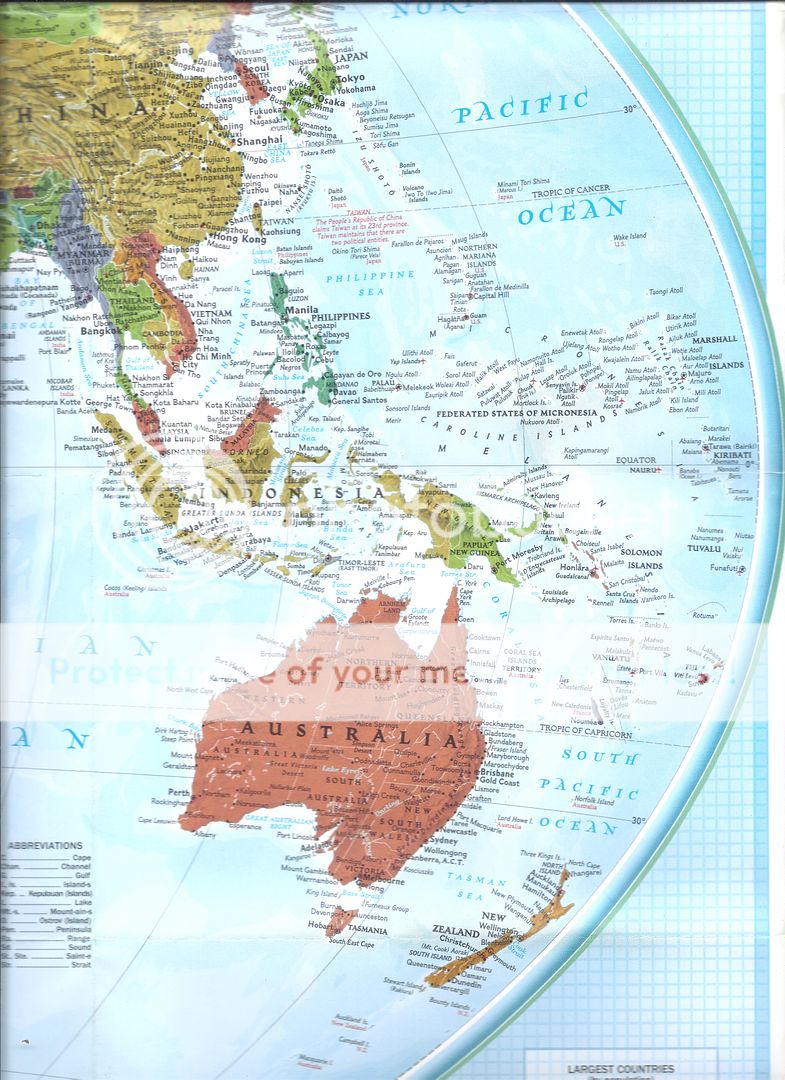
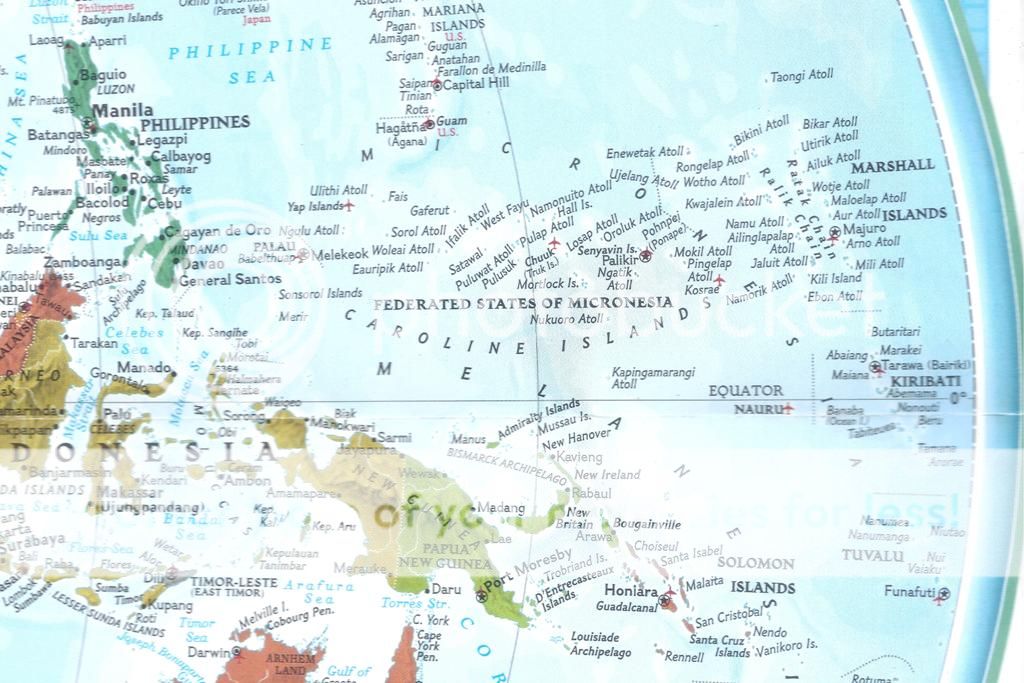





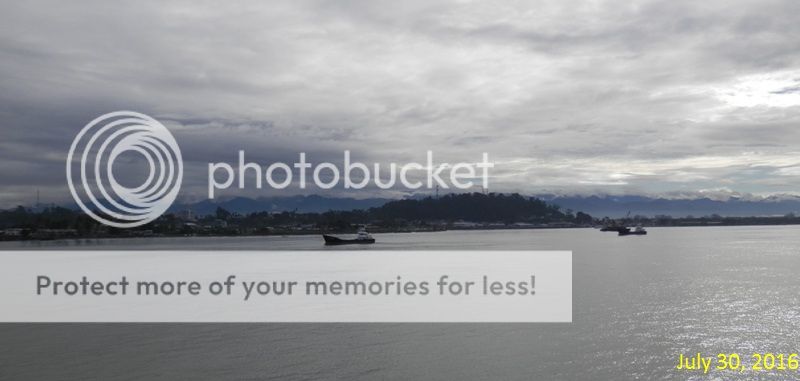








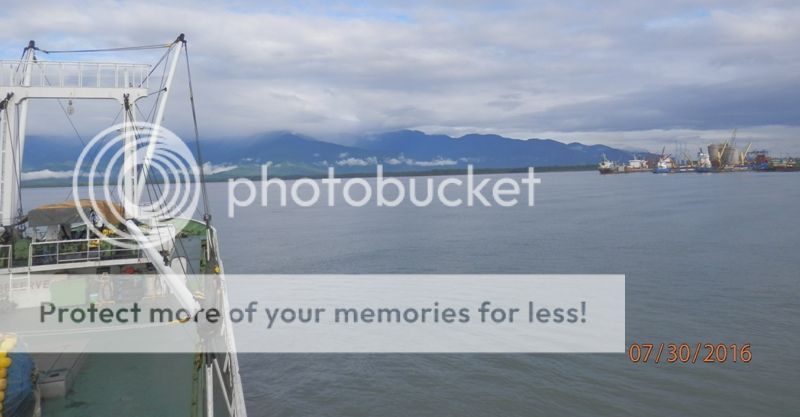
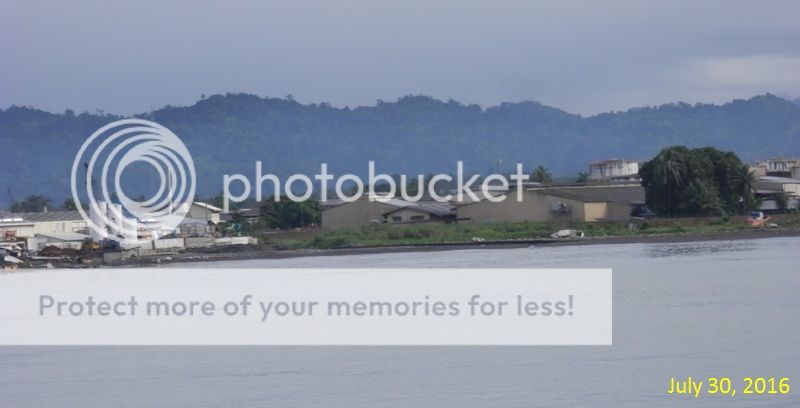


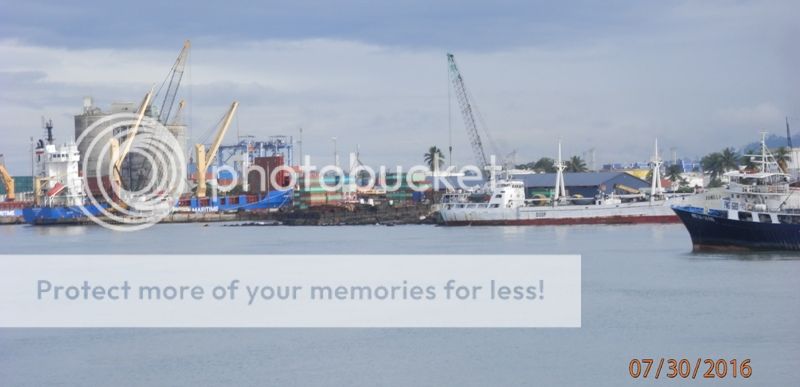



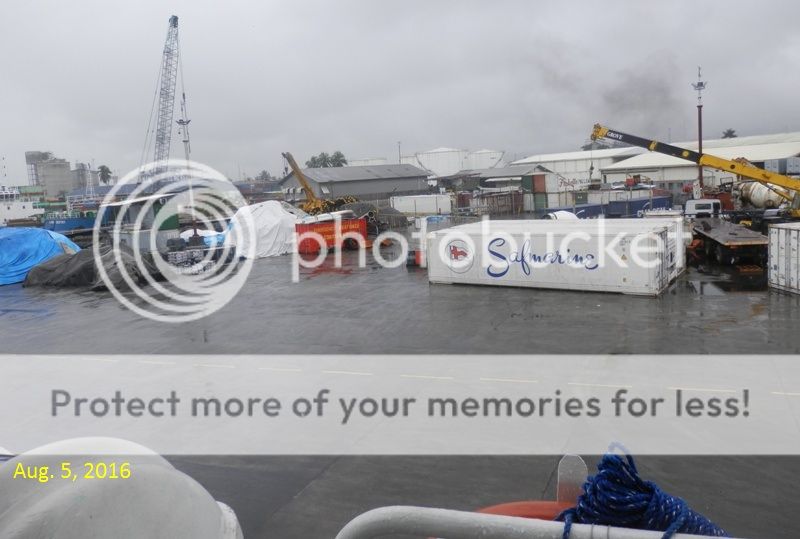






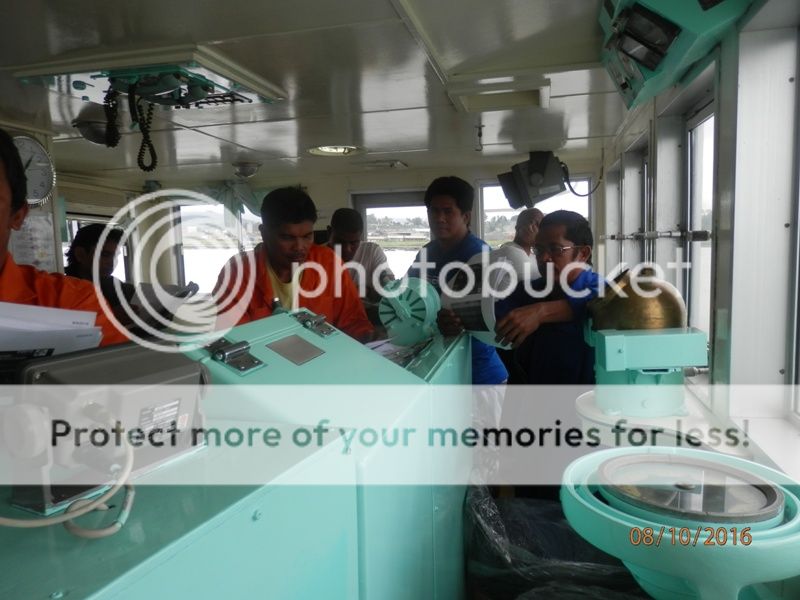
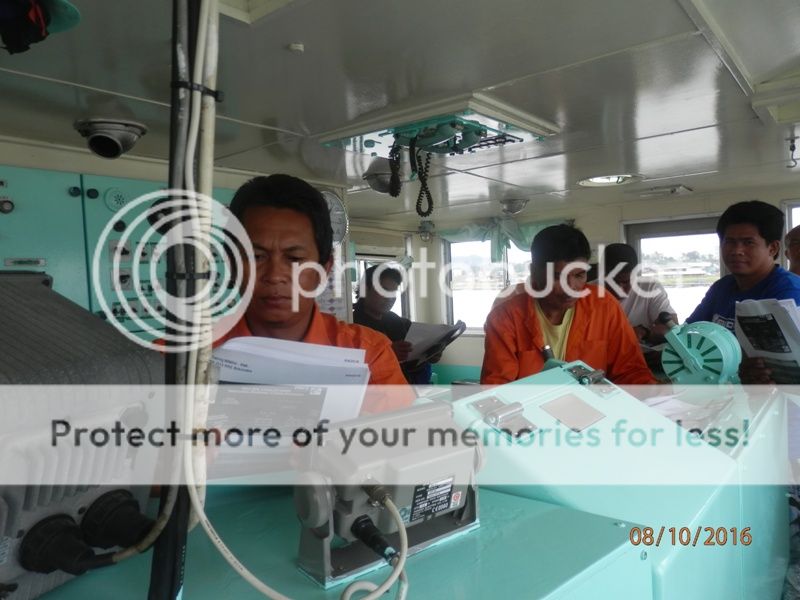







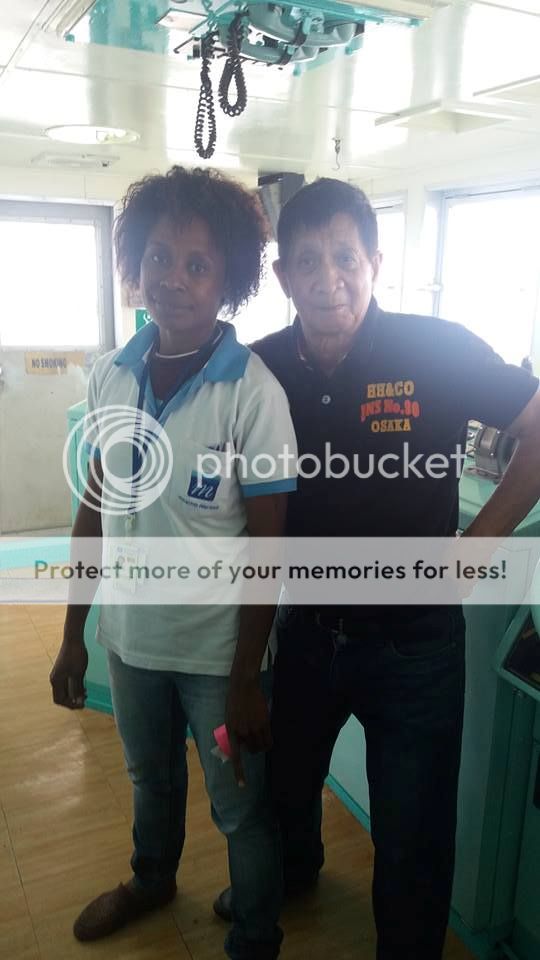
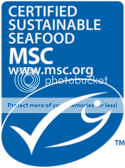
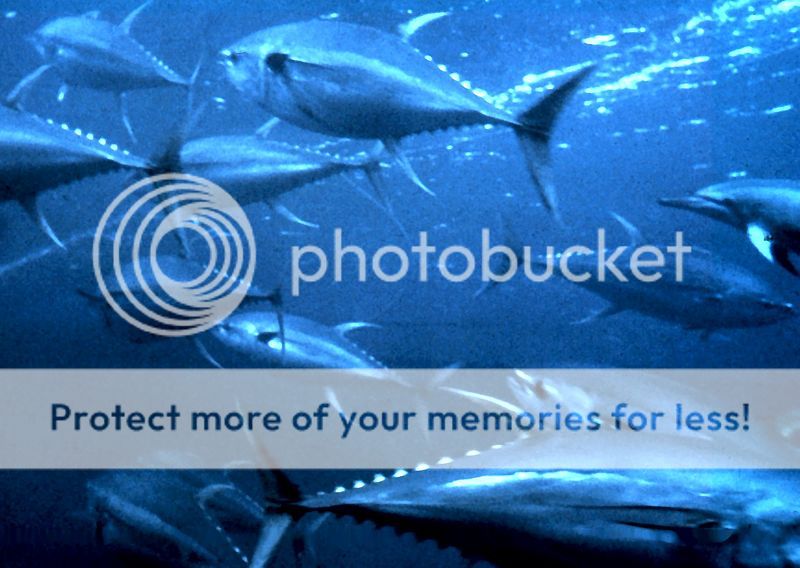


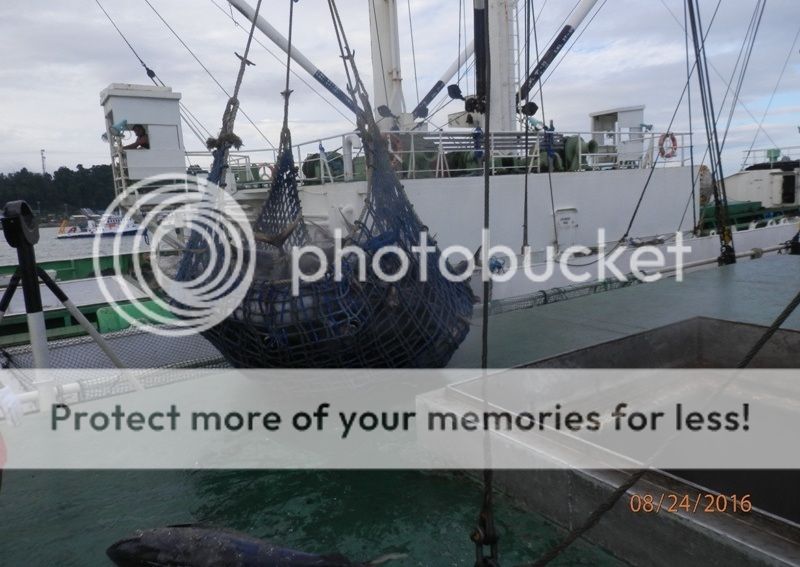















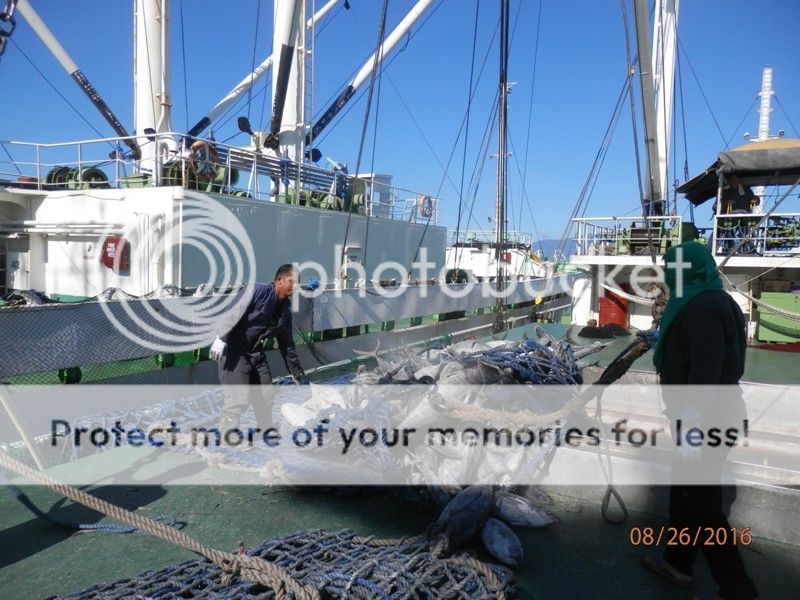

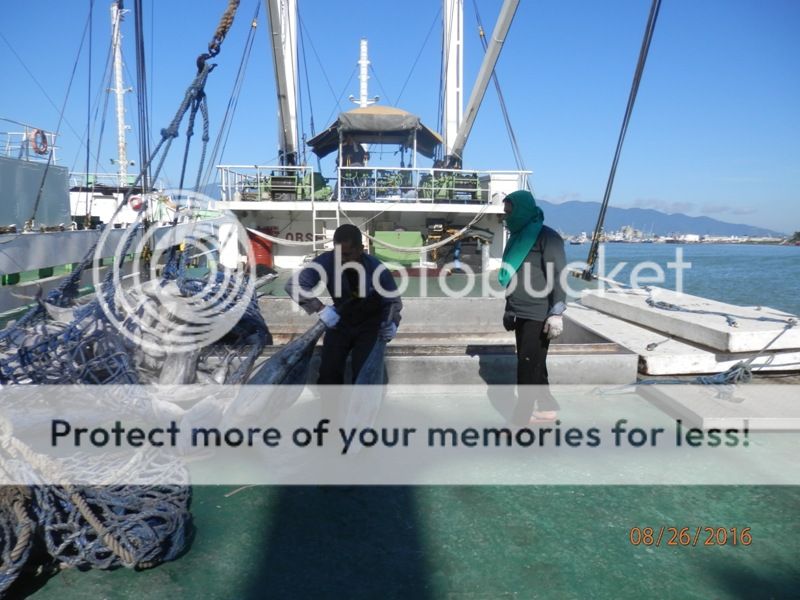









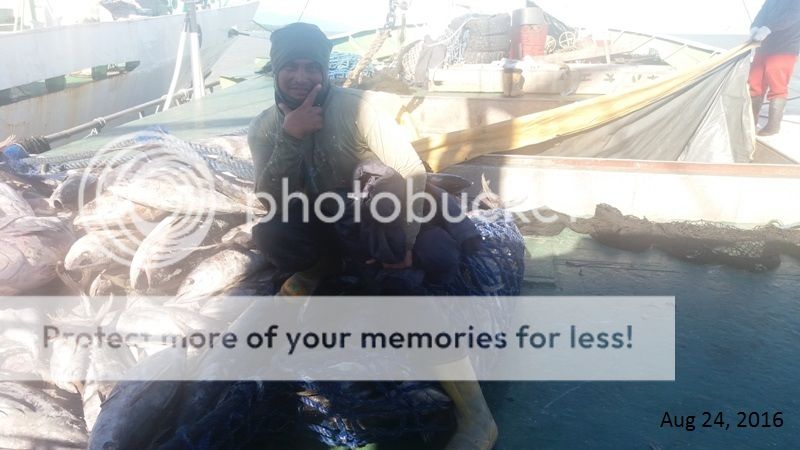





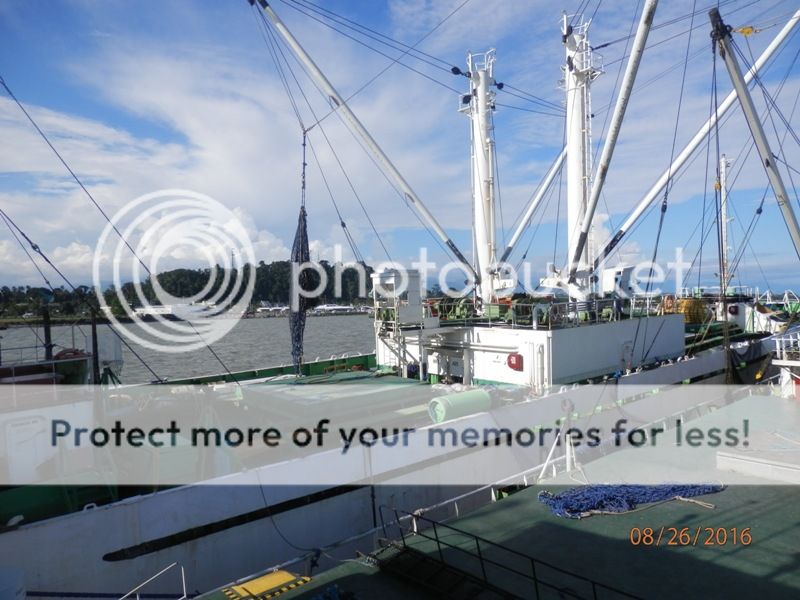

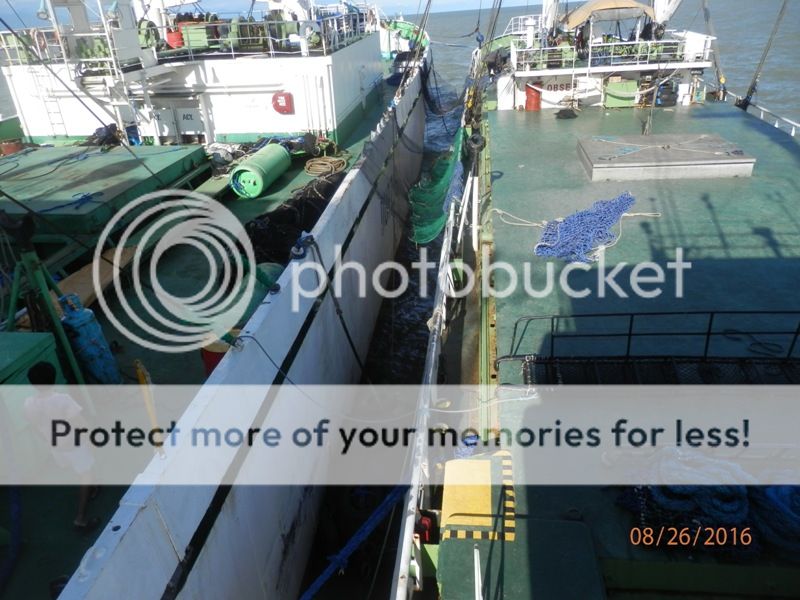








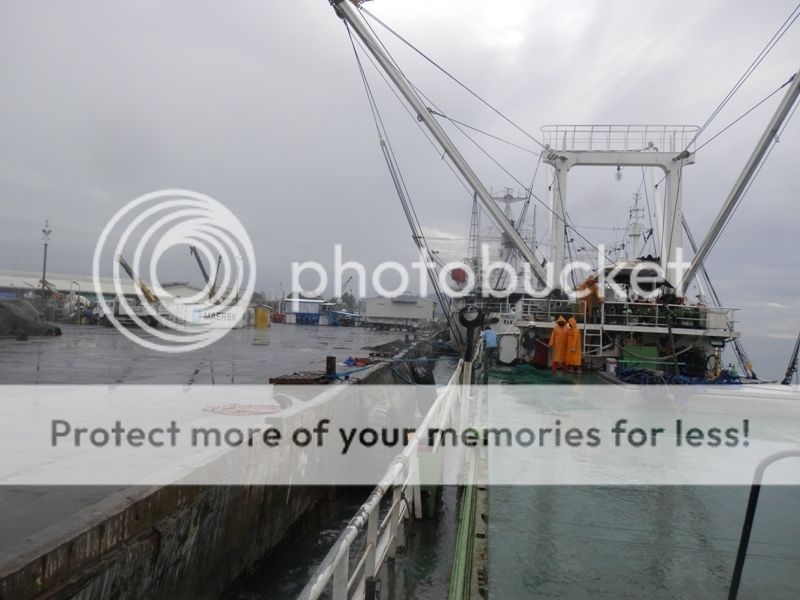


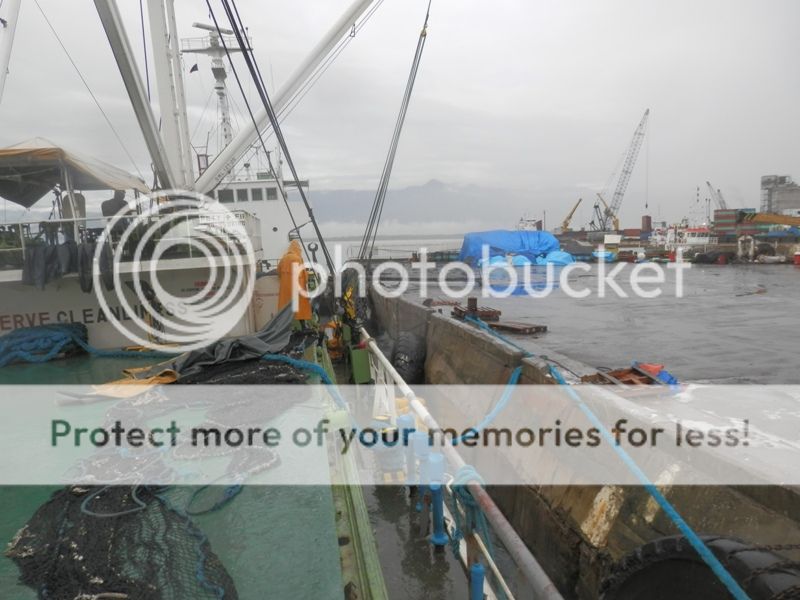
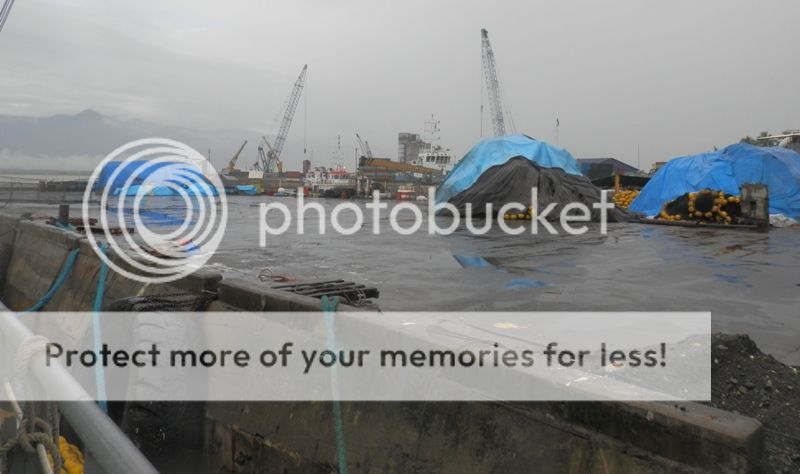

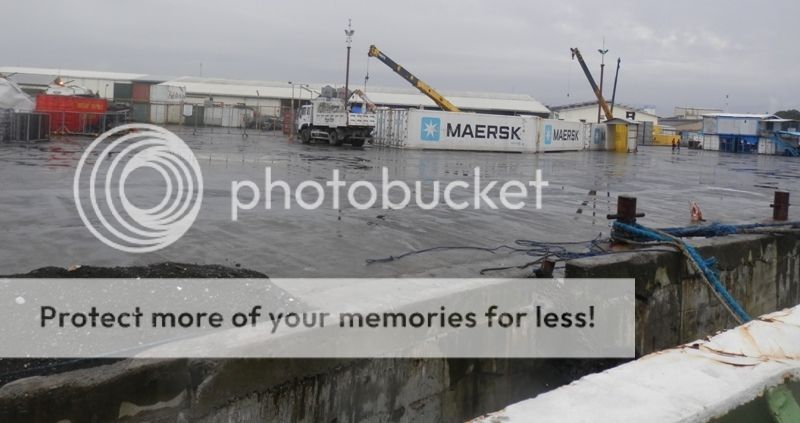






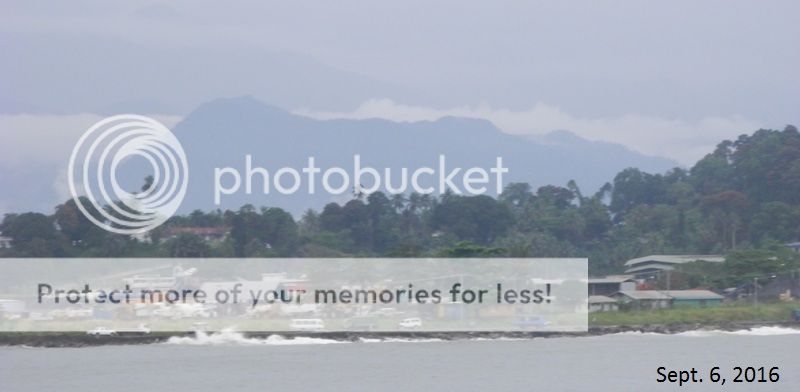



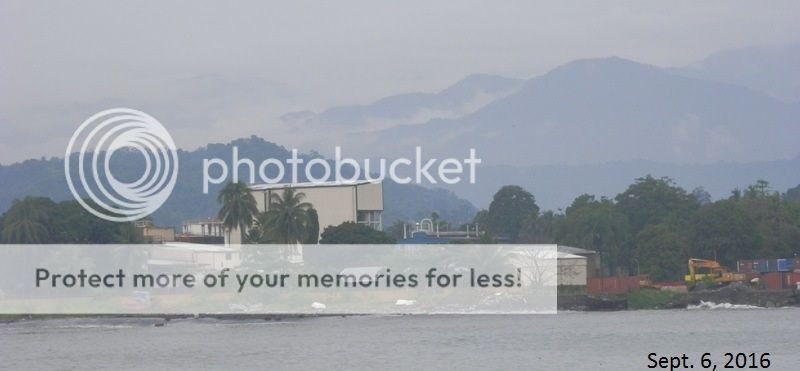










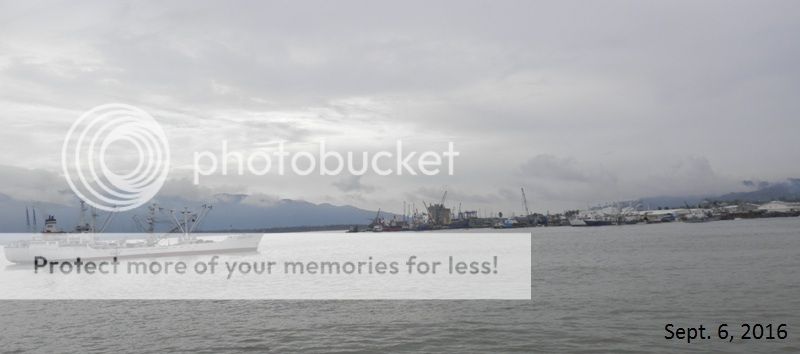



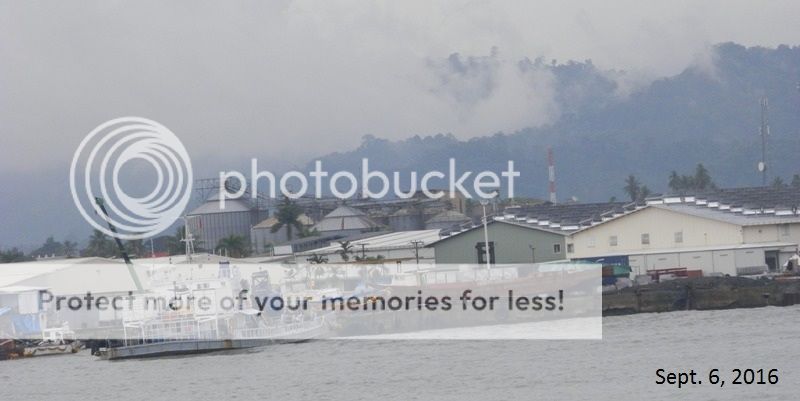





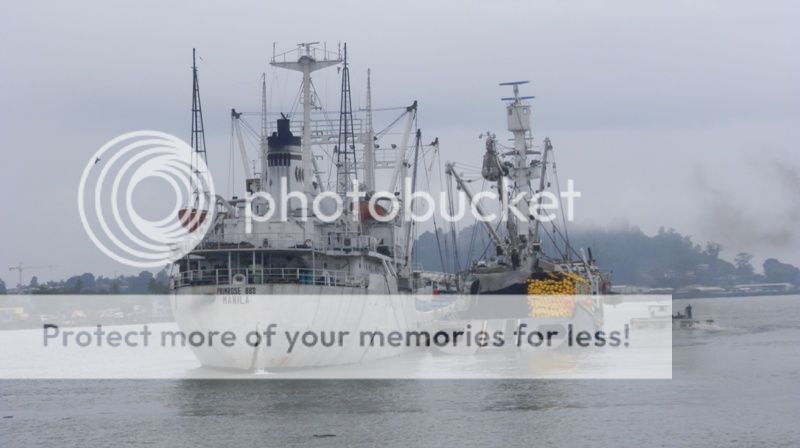













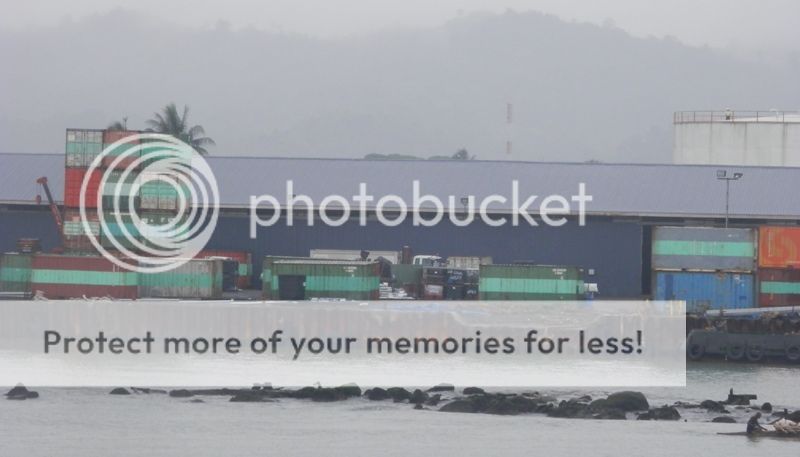








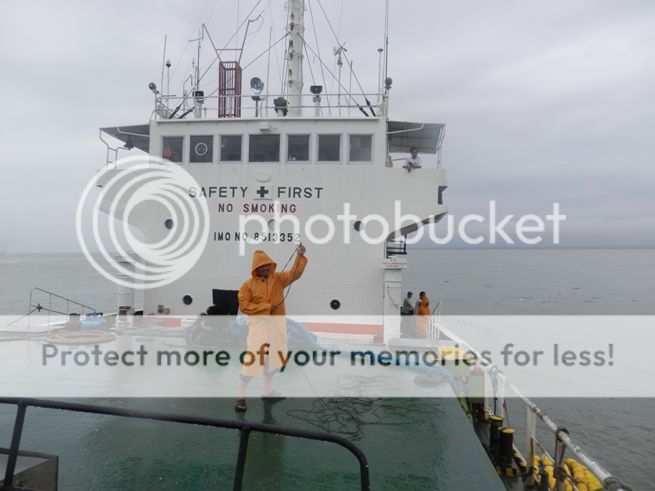












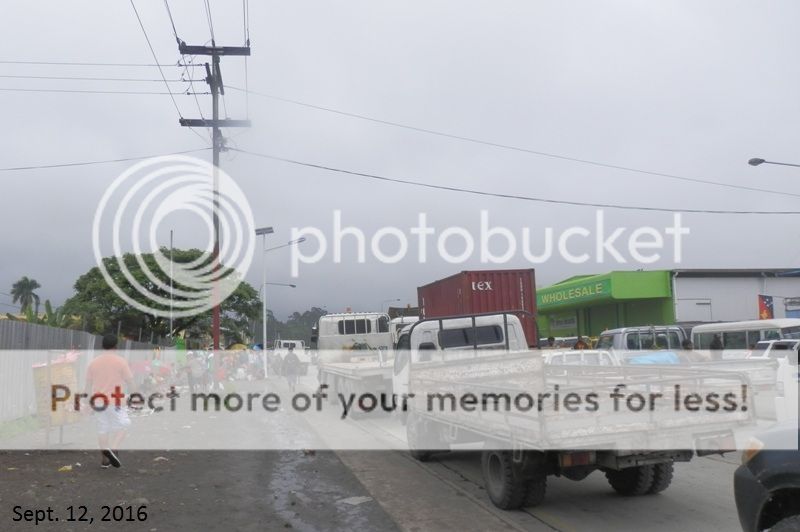


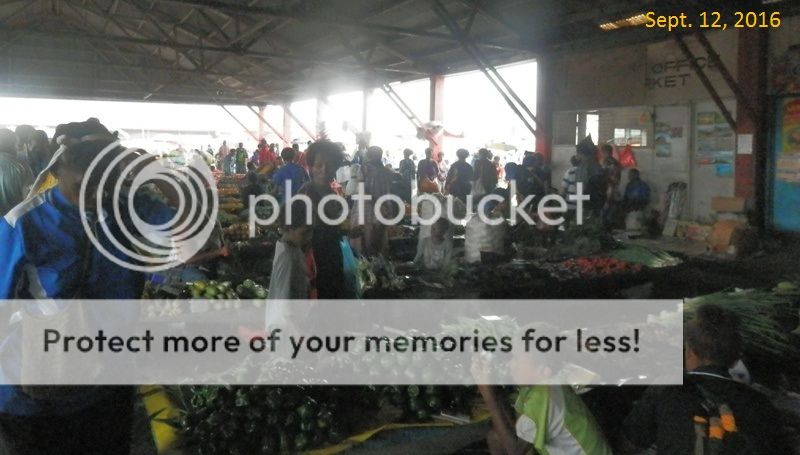


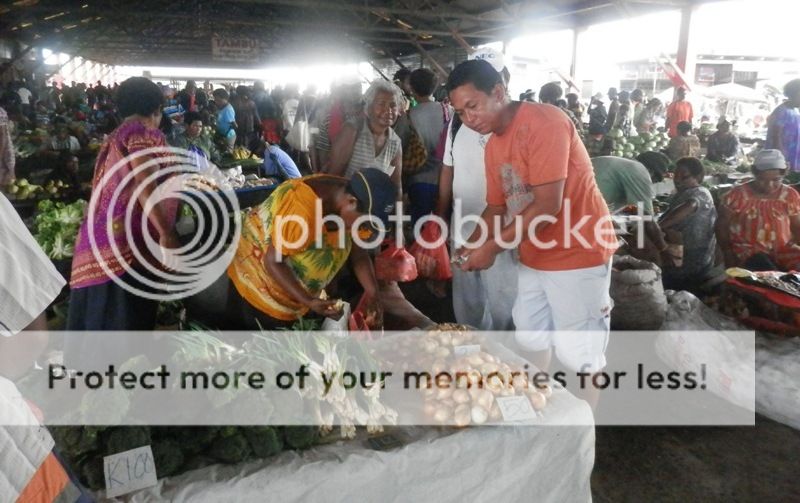









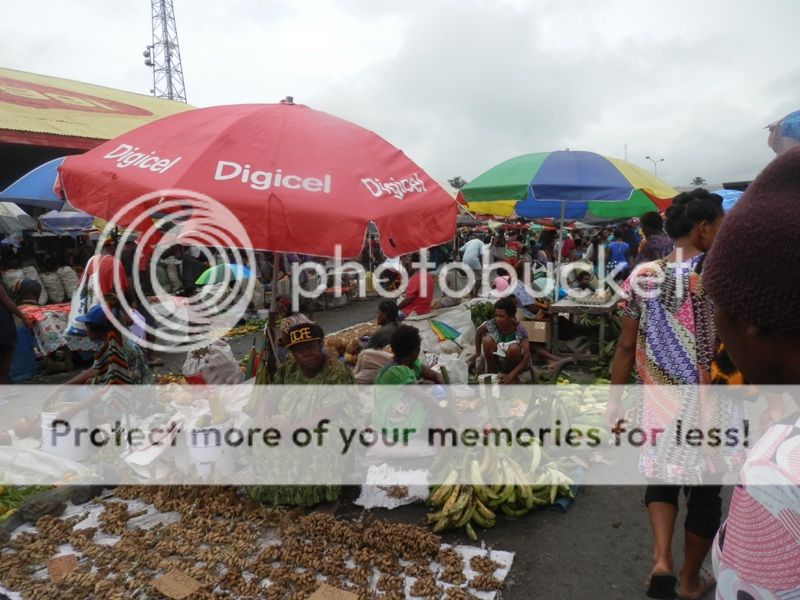


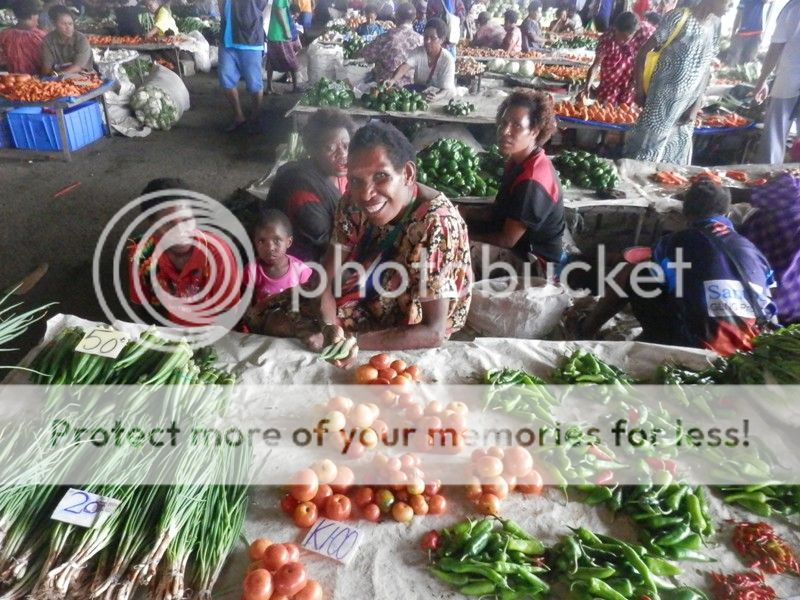









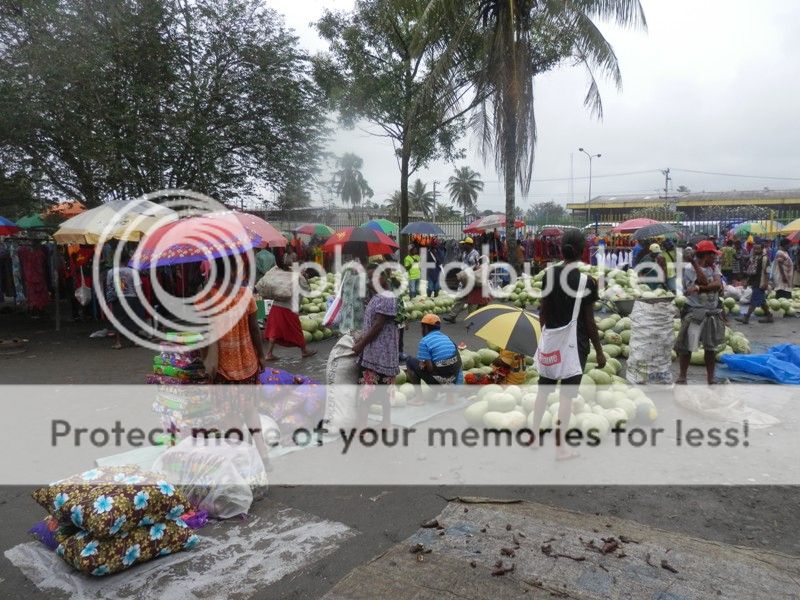




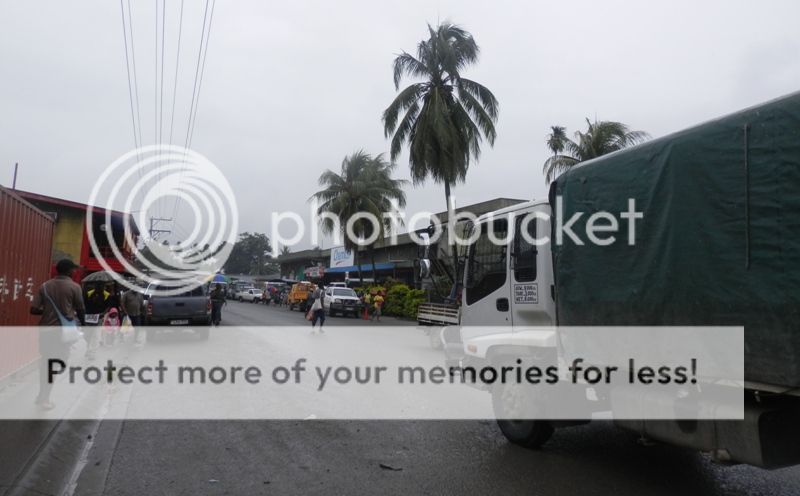





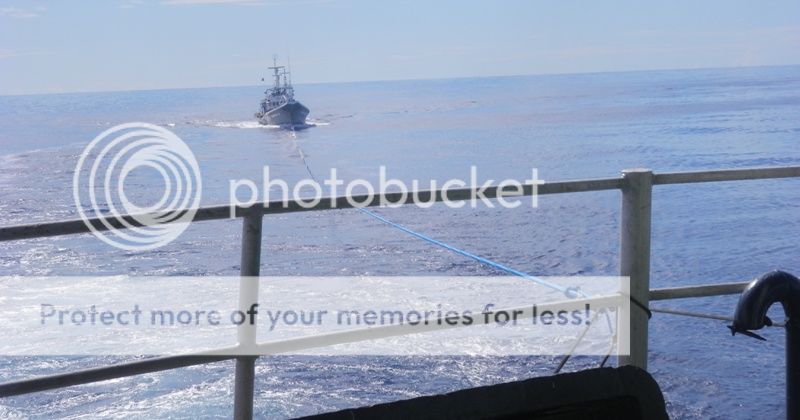


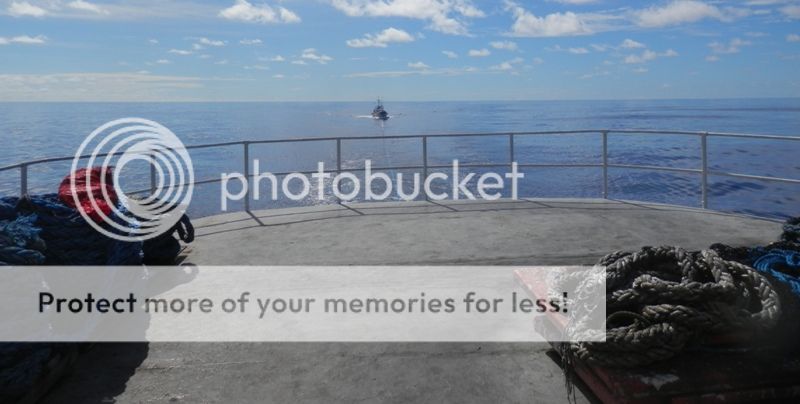






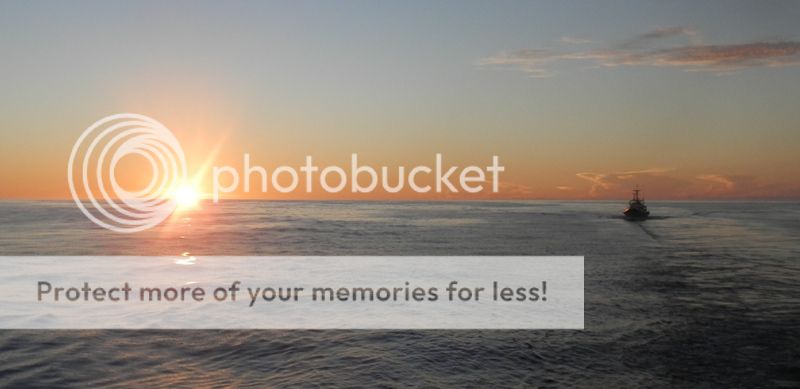






No comments:
Post a Comment